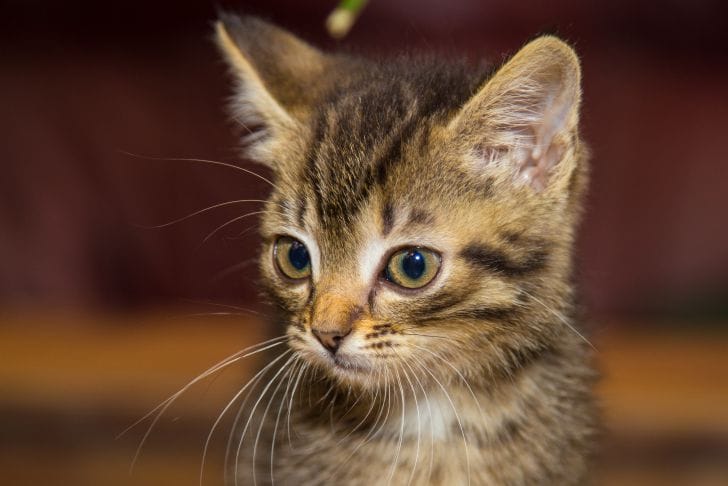The behavior of domestic cats constantly surprises with its unpredictability and mystery.
Fluffy pets regularly demonstrate unusual actions that arouse genuine interest in their owners.
The nature of cats' everyday interactions with water is a complex set of instinctive and learned responses.

Every touch of a paw on the water surface is the result of deep biological mechanisms formed by evolution.
Instinctive exploration of the surrounding space
The first distinctive feature of cat behavior is their natural curiosity. These amazing creatures tirelessly explore their environment using all their senses.
One of the ways cats learn about the world is by touching water with their paws, which allows them to gain additional information about their environment.
Scientists note that cats have extremely developed tactile sensitivity.
The paw pads contain many nerve endings that provide detailed information about temperature, texture, and fluid movement.
Innate hunting instincts
Another reason why cats like to paw at water is related to the hunting instincts of their wild ancestors.
In the wild, cats often hunt near bodies of water where they get their food. Touching the water helps them assess the depth, the presence of obstacles, and potential prey.
Domesticated cats have retained many of the hunting reflexes of their wild relatives.
Playful tapping on the water's surface may mimic hunting behavior, where the animal tries to provoke movement of potential prey.
Features of physiology and psychology
Cat whiskers play an important role in the perception of the surrounding space. They help animals estimate distances and obtain information about the environment.
Touching the water with a paw is an additional way of exploring space.
Some experts associate this behavior with an innate instinct for self-preservation.
Cats prefer to control the situation, so they pre-examine the object before direct contact.
Individual character traits
Each cat has a unique character and personality. Some animals may show a heightened interest in water, while others may avoid it.
Genetics, upbringing and individual experience play a significant role in the formation of such behavior.
Observant owners notice that some cats use their paw as a kind of tool to test the safety of drinking water before drinking it.
Such caution is a manifestation of the natural foresight of animals.








